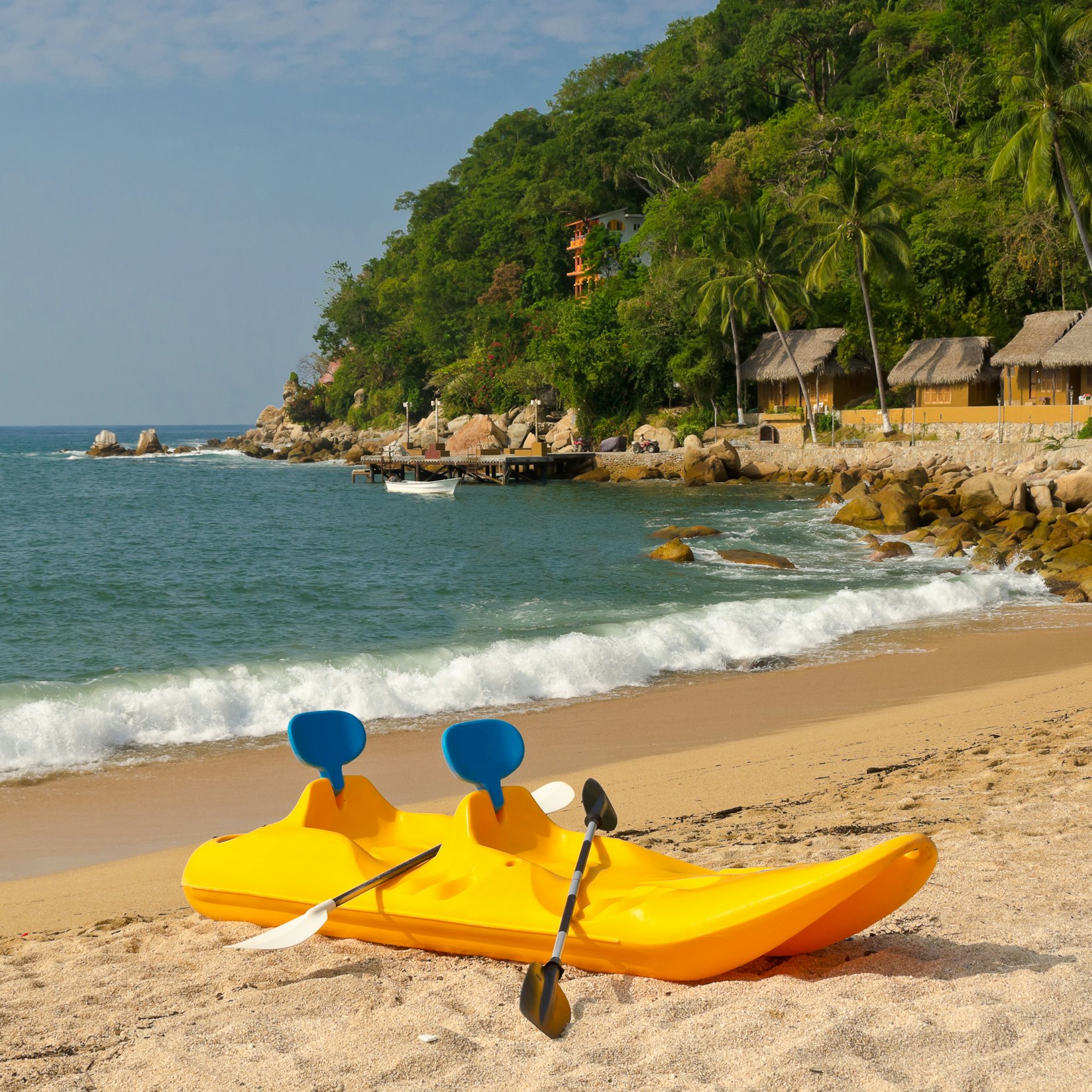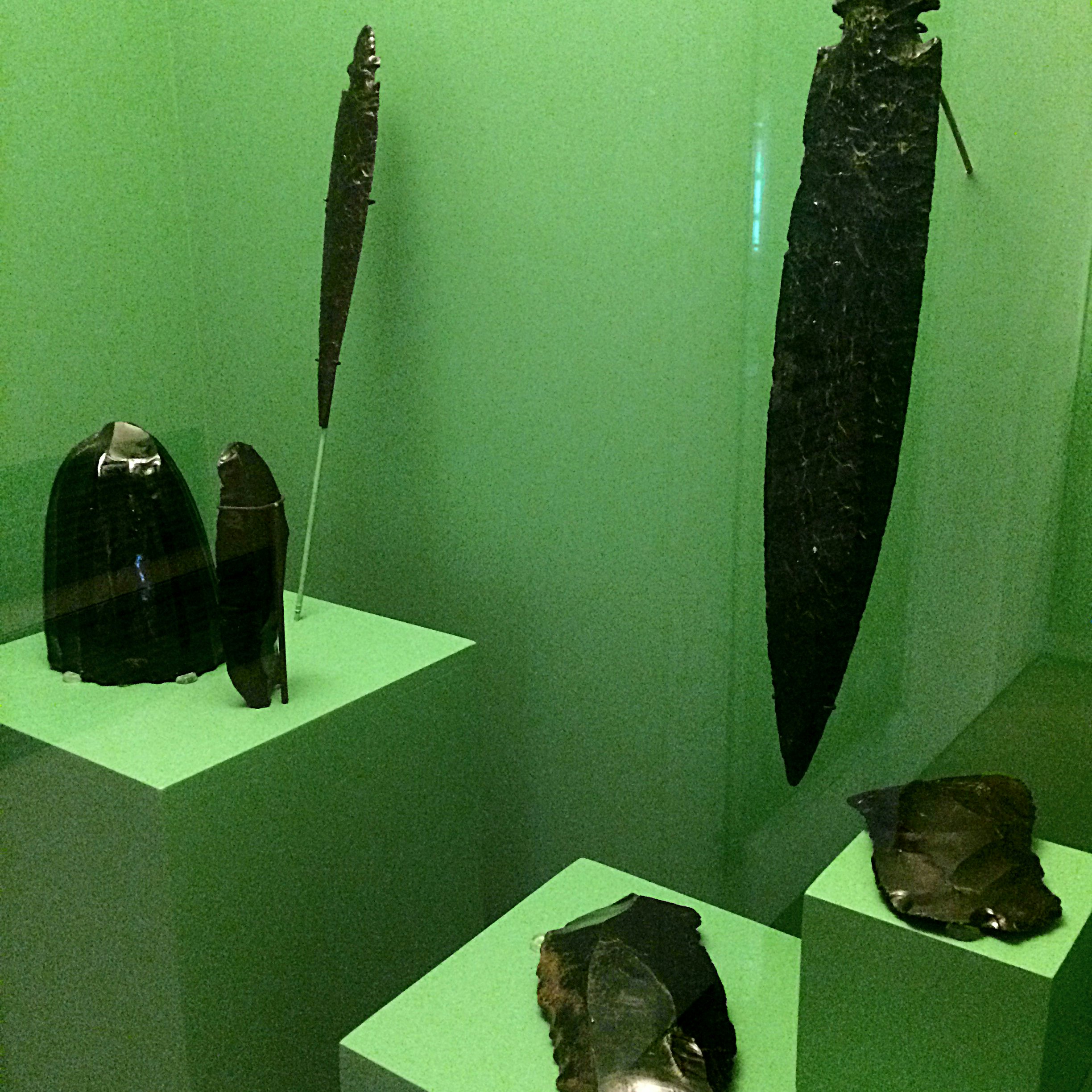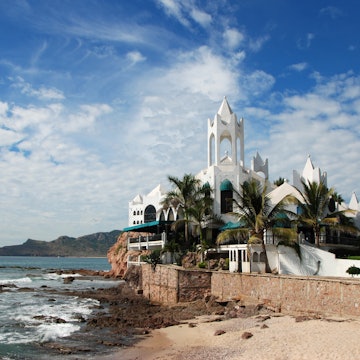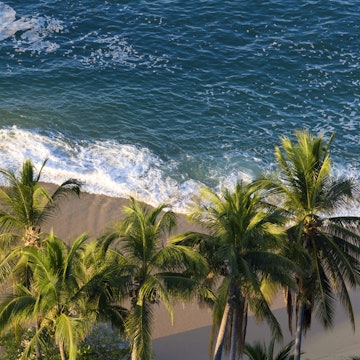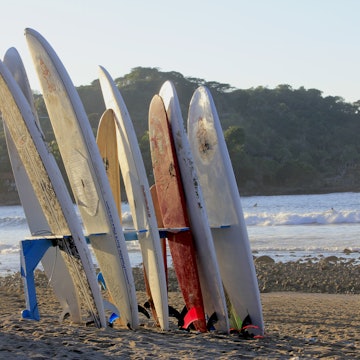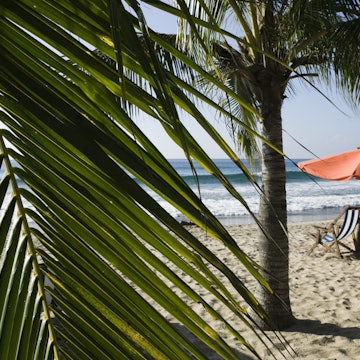

Justin DeLara / 500px
Overview
Gigantic aquamarine waves provide the backdrop and pulsating rhythm to any visit to Mexico's central Pacific coast, a land of stunning beaches and giant sunsets. You can indulge in all the tropical clichés here: eating sublime seafood under simple palm-frond roofs, drinking chilled coconut water while lounging in a hammock, and enjoying poolside cocktails at an upmarket resort. The nightlife is great and there's a beach for everyone, whether you prefer yours backed by high-rise hotels or tumbledown cabins.
Leave the planning to a local expert
Experience the real Central Pacific Coast. Let a local expert handle the planning for you.
Must-see attractions
Get a book. Get inspired. Get exploring.
in partnership with getyourguide






